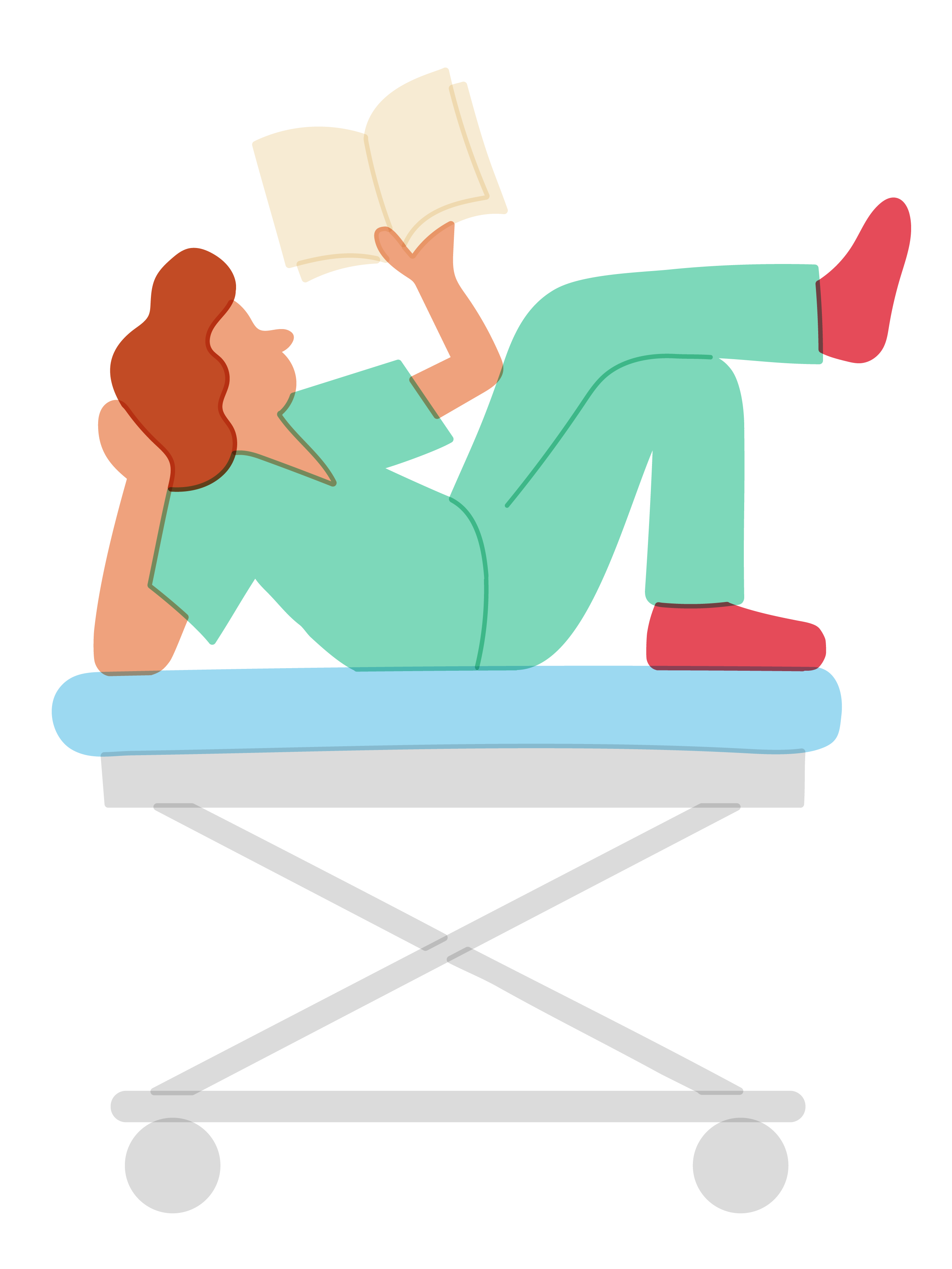Step 1 is a beast - but a conquerable beast. Developing a broad knowledge base in pharmacology, pathophysiology and biochemistry is critical to doing well on test day. However, the process of taking the test—dissecting question stems to quickly apply relevant knowledge and identify the correct answer—is arguably just as important to reaching your target score.
Using one of the free questions provided on the NBME website, I will demonstrate one strategy, consisting of 5 steps, that many students have found helpful in efficiently deconstructing a Step 1 question. With practice, these steps will happen automatically!
The question:
A 63-year-old man is brought to the emergency department because of a 4-day history of increasingly severe left leg pain and swelling of his left calf. He also has a 1-month history of increasingly severe upper midthoracic back pain. During this time, he has had a 9-kg (20-lb) weight loss despite no change in appetite. He has no history of major medical illness. His only medication is ibuprofen. He is 180 cm (5 ft 11 in) tall and weighs 82 kg (180 lb); BMI is 25 kg/m2 . His vital signs are within normal limits. On examination, lower extremity pulses are palpable bilaterally. The remainder of the physical examination shows no abnormalities. An x-ray of the thoracic spine shows no abnormalities. A CT scan of the abdomen shows a 3-cm mass in the body of the pancreas; there are liver metastases and encasement of the superior mesenteric artery. Ultrasonography of the left lower extremity shows a femoropopliteal venous clot.
Which of the following is the most likely cause of this patient’s symptoms?
(A) Carcinoid syndrome
(B) Hypercoagulability from advanced malignancy
(C) Multiple endocrine neoplasia
(D) Splenic artery aneurysm and embolic disease of the left lower extremity
(E) Superior mesenteric artery syndrome
First, start by quickly skimming question and answer choices at the very end of the prompt.
Are we searching for a diagnosis? A risk factor? A treatment? In this question, we learn that we will be identifying a diagnosis that accounts for our patient’s symptoms; we can now move on to the stem itself. This step can take 5-10 seconds and is helpful in orienting to what is expected of the test taker.
Second, read the stem with a focus on demographics, symptoms, and medical history and try to anticipate where the case is headed.
The patient is an older male presenting with symptoms of an acute deep venous thrombosis. He also presents with more subacute symptoms of weight loss of back pain. At this point, we can deduce some facts about the case. Weight loss in an older person could be consistent with cancer, with a potential localizing symptom being the midthoracic back pain (pancreatic/gastric cancer? cancer metastatic to bone? etc.). You may recall that cancer can predispose patients to developing clots due to systemic inflammation - this will likely be important later.
Third, finish reading the vitals and data.
Notably, we are given a CT scan demonstrating a pancreatic mass with liver metastases and encasement of the SMA. This confirms our earlier suspicion of cancer which appears to be primary pancreatic. We are also given the results of a left lower extremity ultrasound which demonstrated a deep venous clot.
Fourth, synthesize the information given and return to the question.
This is a 63 year old male presenting with left leg pain and swelling and a history of weight loss/back pain who is found to have radiographic evidence of metastatic pancreatic cancer and a left leg DVT. We are asked to identify the most likely cause of the patient’s symptoms, which, as you recall, are left leg pain and swelling which we can attribute to the DVT. The question is asking us to explain why the patient has developed a DVT.
Fifth, pick an answer choice grounded in the information provided in the prompt and your medical knowledge.
Carcinoid syndrome, which is secondary to neuroendocrine malignancy, can present with liver metastases and clot; however, we are not given a story of flushing, diarrhea and wheeze which we would expect to see with liver involvement. MEN syndromes encompass a spectrum of endocrine malignancies (including pancreatic islet cell tumors in type I) which could theoretically lead to a venous clot – however, each MEN subtype generally presents (especially on Step 1) with multisystem endocrine derangements +/- a family history, which we are not given in this stem. SMA syndrome is caused by compression of the 3rd portion of the duodenum and can be seen with encasement of the SMA by malignancy; however, we are not given a history of nausea, vomiting, or postprandial epigastric pain, and SMA syndrome would not explain his leg symptoms. Splenic artery aneurysm with embolus to the left lower extremity would cause lower extremity pain – however, we are not provided any evidence of an aneurysm on CT and we would expect an embolus to be arterial if coming from the splenic artery – not venous as identified in our patient’s ultrasound. Therefore, the correct and most parsimonious answer is B. Our patient’s malignancy created a hypercoagulable state which predisposed him to developing a left leg DVT.


Comments